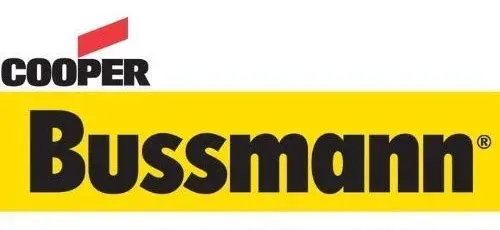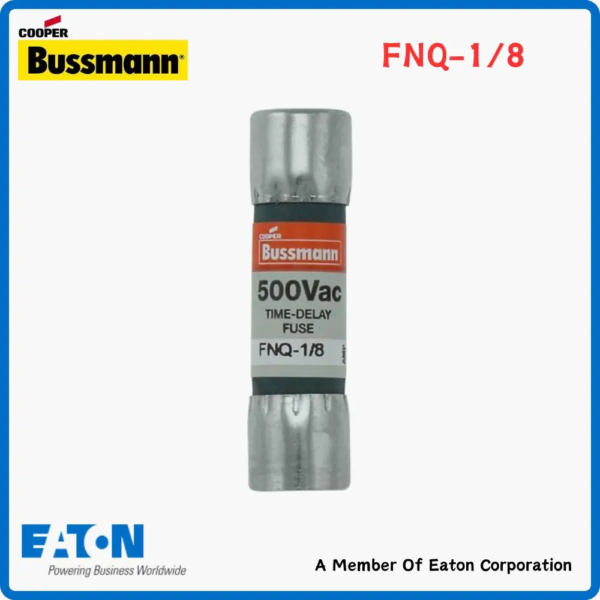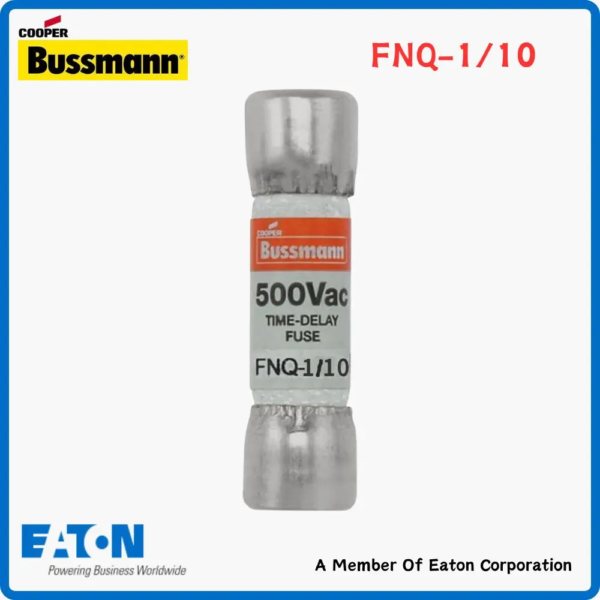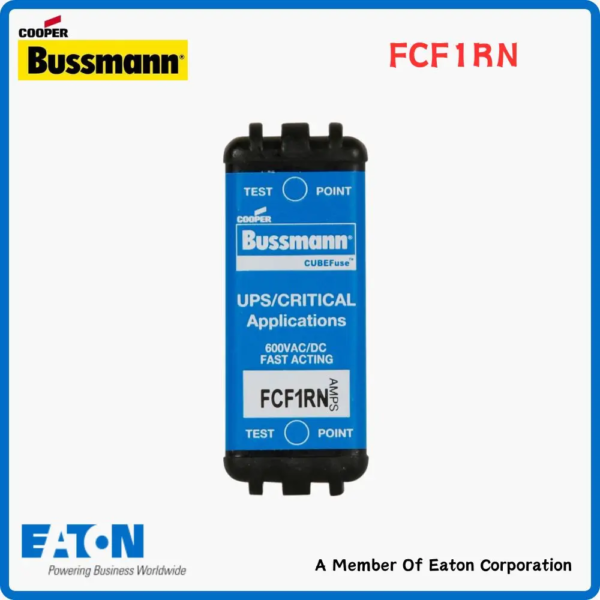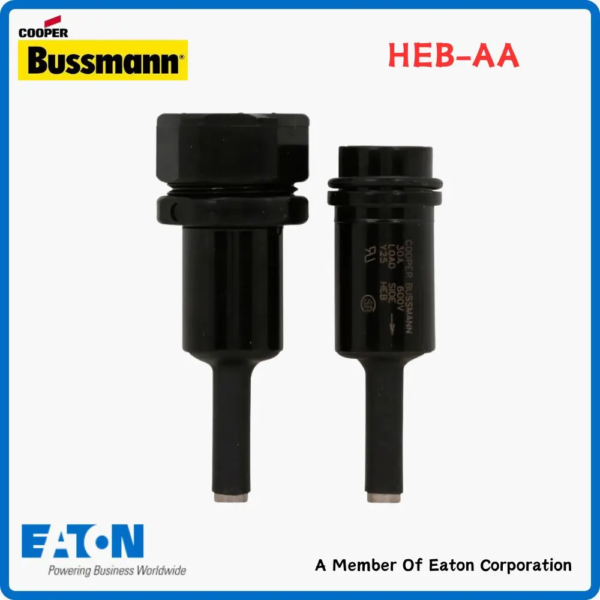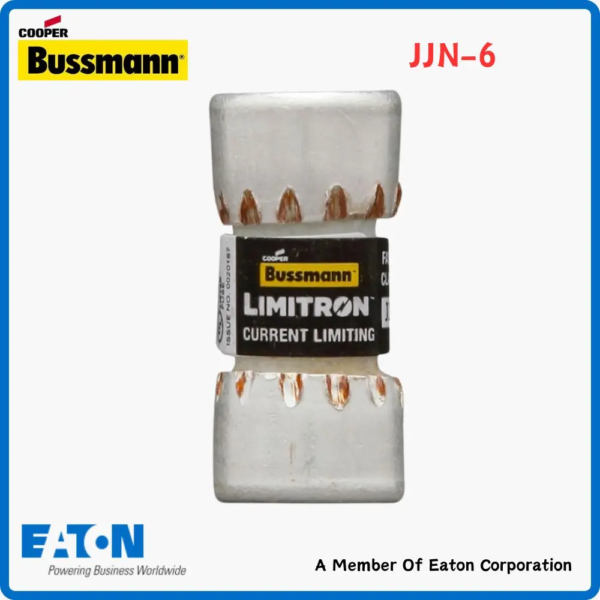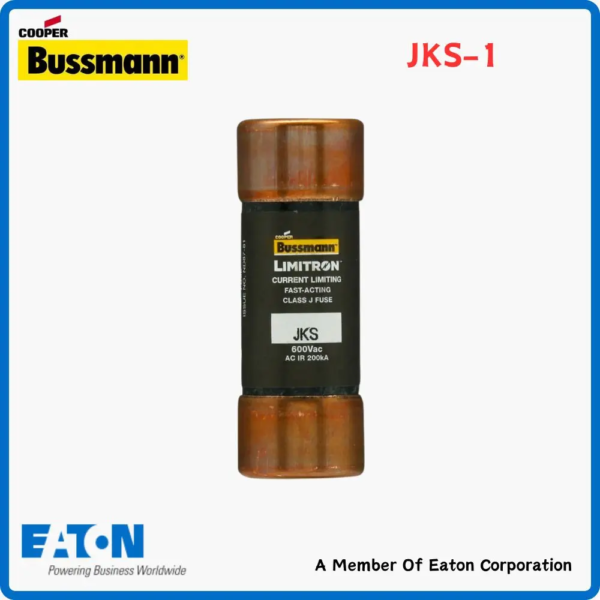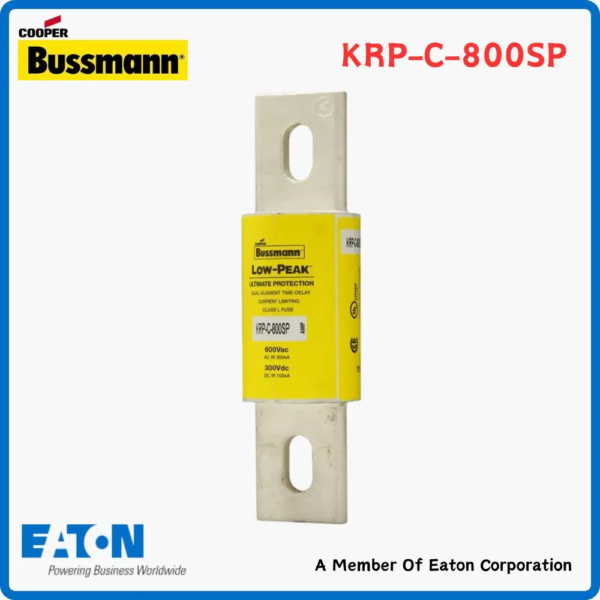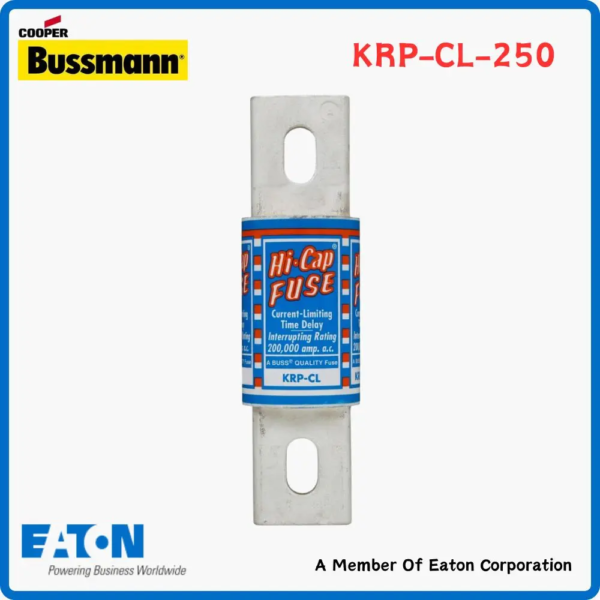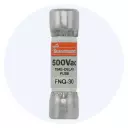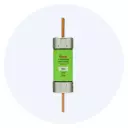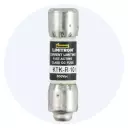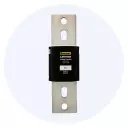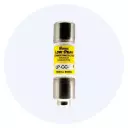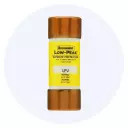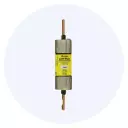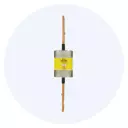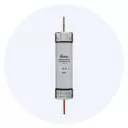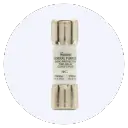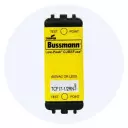Bussmann FNQ Fuses
“Eaton Bussmann HEB-AA Inline Fuse Holder” has been added to your cart. View cartEaton Bussmann FNQ-1/8 Low Voltage Fuse
Rated 5.00 out of 5In stock
$16.74EachSKU: FNQ-1/8Weight 0.175 lbs Dimensions 0.01138889 × 0.01138889 × 0.04166667 yd Brand Eaton Bussmann
Eaton-Bussmann, with its headquarters in St. Louis, Missouri, is a division of Eaton Corporation that specializes in the production of circuit protection products. These products are designed for use in the electrical, electronic, and automotive industries, both domestically and on a global scale. The company boasts a strong manufacturing network with facilities located in three domestic and six international locations, reflecting its commitment to serving customers worldwide. With a team of approximately 3,000 employees, Eaton-Bussmann is well-positioned to meet the ever-evolving needs of its customers in the electrical protection industry.
Eaton stands as a forward-thinking leader in power management, focused on enhancing lifestyles and safeguarding the planet. Leveraging the worldwide momentum of electrification and digital innovation, they propel the global shift towards renewable energy, addressing pressing power management issues on a global scale.Product type Low Voltage Fuse
Voltage 500 Volt
Eaton Bussmann FNQ-R-1/10 Low Voltage Fuse
Rated 5.00 out of 5In stock
$11.33EachSKU: FNQ-R-1/10Weight 0.175 lbs Dimensions 0.01138889 × 0.01138889 × 0.04166667 yd Brand Eaton Bussmann
Eaton-Bussmann, with its headquarters in St. Louis, Missouri, is a division of Eaton Corporation that specializes in the production of circuit protection products. These products are designed for use in the electrical, electronic, and automotive industries, both domestically and on a global scale. The company boasts a strong manufacturing network with facilities located in three domestic and six international locations, reflecting its commitment to serving customers worldwide. With a team of approximately 3,000 employees, Eaton-Bussmann is well-positioned to meet the ever-evolving needs of its customers in the electrical protection industry.
Eaton stands as a forward-thinking leader in power management, focused on enhancing lifestyles and safeguarding the planet. Leveraging the worldwide momentum of electrification and digital innovation, they propel the global shift towards renewable energy, addressing pressing power management issues on a global scale.Product type Low Voltage Fuse
Voltage 500 Volt
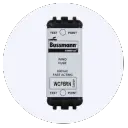 Bussmann WCF Fuses
Bussmann WCF Fuses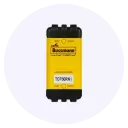 Bussmann FCF Fuses
Bussmann FCF Fuses
Eaton Bussmann Series UL Class CF, FCF 1RN Fuse
Rated 5.00 out of 5In stock
$79.99SKU: FCF1RNBrand Eaton Bussmann
Eaton-Bussmann, with its headquarters in St. Louis, Missouri, is a division of Eaton Corporation that specializes in the production of circuit protection products. These products are designed for use in the electrical, electronic, and automotive industries, both domestically and on a global scale. The company boasts a strong manufacturing network with facilities located in three domestic and six international locations, reflecting its commitment to serving customers worldwide. With a team of approximately 3,000 employees, Eaton-Bussmann is well-positioned to meet the ever-evolving needs of its customers in the electrical protection industry.
Eaton stands as a forward-thinking leader in power management, focused on enhancing lifestyles and safeguarding the planet. Leveraging the worldwide momentum of electrification and digital innovation, they propel the global shift towards renewable energy, addressing pressing power management issues on a global scale.Product type Fuse
Voltage 600 Volt
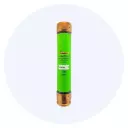 Bussmann FRS Fuses
Bussmann FRS Fuses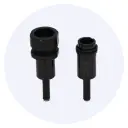 Bussmann HEB-AA Fuse
Bussmann HEB-AA Fuse
Eaton Bussmann HEB-AA Inline Fuse Holder
Rated 5.00 out of 5In stock
$18.99SKU: 504-HEB-AA-2Brand Eaton Bussmann
Eaton-Bussmann, with its headquarters in St. Louis, Missouri, is a division of Eaton Corporation that specializes in the production of circuit protection products. These products are designed for use in the electrical, electronic, and automotive industries, both domestically and on a global scale. The company boasts a strong manufacturing network with facilities located in three domestic and six international locations, reflecting its commitment to serving customers worldwide. With a team of approximately 3,000 employees, Eaton-Bussmann is well-positioned to meet the ever-evolving needs of its customers in the electrical protection industry.
Eaton stands as a forward-thinking leader in power management, focused on enhancing lifestyles and safeguarding the planet. Leveraging the worldwide momentum of electrification and digital innovation, they propel the global shift towards renewable energy, addressing pressing power management issues on a global scale.Product type Fuse
Voltage 600 Volt
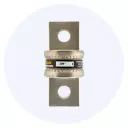 Bussmann JJN Fuses
Bussmann JJN Fuses
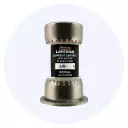 Bussmann JJS Fuses
Bussmann JJS Fuses
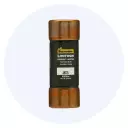 Bussmann JKS Fuses
Bussmann JKS Fuses
Eaton Bussmann Fuse JKS-1 Low Voltage Fuse
Rated 5.00 out of 5In stock
$13.99SKU: JKS-1Brand Eaton Bussmann
Eaton-Bussmann, with its headquarters in St. Louis, Missouri, is a division of Eaton Corporation that specializes in the production of circuit protection products. These products are designed for use in the electrical, electronic, and automotive industries, both domestically and on a global scale. The company boasts a strong manufacturing network with facilities located in three domestic and six international locations, reflecting its commitment to serving customers worldwide. With a team of approximately 3,000 employees, Eaton-Bussmann is well-positioned to meet the ever-evolving needs of its customers in the electrical protection industry.
Eaton stands as a forward-thinking leader in power management, focused on enhancing lifestyles and safeguarding the planet. Leveraging the worldwide momentum of electrification and digital innovation, they propel the global shift towards renewable energy, addressing pressing power management issues on a global scale.Product type Low Voltage Fuse
Voltage 600 Volt
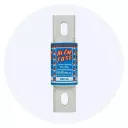 Bussmann KRP Fuses
Bussmann KRP Fuses
Eaton-Bussmann Fuse Comparison: ELSD vs LSD Reliability
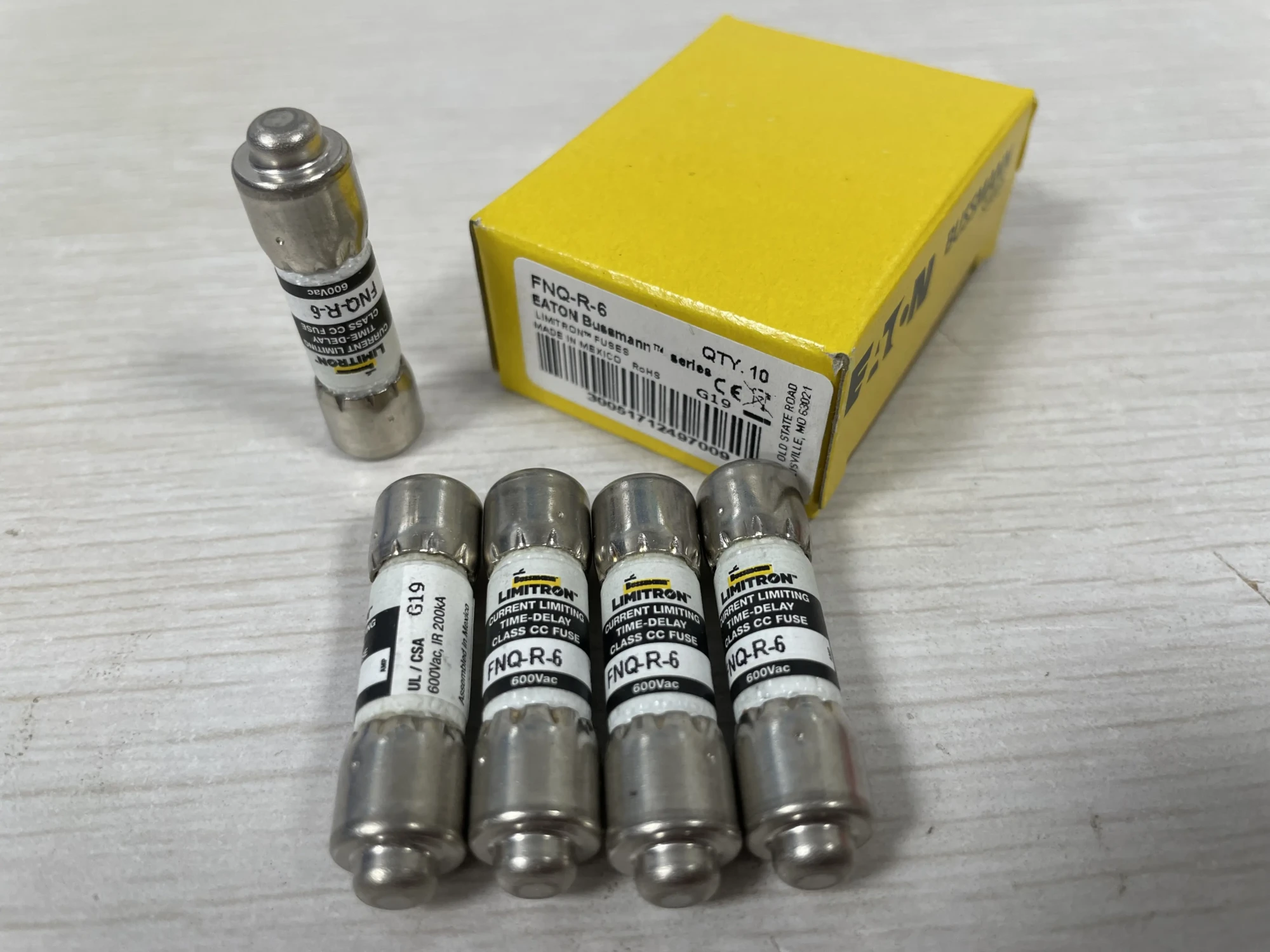
Eaton Bussmann is a renowned name in the realm of power management and circuit protection solutions. As a leading provider of innovative products and services, the company has been at the forefront of improving the quality of life for people around the world while protecting the environment. One of the key areas where Eaton Bussmann excels is in the development and distribution of high-quality fuses, including ELSD (Electronic Line Side Devices) and LSD (Line Side Devices) fuses. In this blog post, we will delve into the world of Eaton-Bussmann fuse comparison, specifically focusing on ELSD vs LSD reliability.
Understanding ELSD and LSD Fuses
Before we dive into the comparison, it’s essential to understand what ELSD and LSD fuses are. ELSD fuses are electronic line side devices designed to provide overcurrent protection for electrical circuits. These fuses are equipped with advanced electronic components that enable them to detect and respond to overcurrent conditions quickly and accurately. On the other hand, LSD fuses are traditional line side devices that rely on thermal or magnetic principles to detect overcurrent conditions. While LSD fuses have been widely used in the past, ELSD fuses are gaining popularity due to their enhanced reliability and performance.
Eaton-Bussmann Fuse Comparison: ELSD vs LSD Reliability
When it comes to reliability, both ELSD and LSD fuses have their strengths and weaknesses. ELSD fuses are generally considered more reliable than LSD fuses due to their advanced electronic components and sophisticated detection algorithms. ELSD fuses can detect overcurrent conditions more quickly and accurately, reducing the risk of electrical fires and equipment damage. Additionally, ELSD fuses are less prone to nuisance tripping, which can be a significant problem with LSD fuses.
On the other hand, LSD fuses have been used for decades and have a proven track record of reliability. However, they can be more susceptible to environmental factors such as temperature, humidity, and vibration, which can affect their performance and reliability. Furthermore, LSD fuses may require more maintenance and replacement than ELSD fuses, which can add to their overall cost.
Product Parameters and Specifications
When comparing ELSD and LSD fuses, it’s crucial to consider their product parameters and specifications. Some of the key factors to consider include:
- Current rating: The maximum current that the fuse can handle without tripping.
- Voltage rating: The maximum voltage that the fuse can handle without failing.
- Response time: The time it takes for the fuse to detect and respond to an overcurrent condition.
- Trip characteristics: The characteristics of the fuse’s trip curve, including the current and time thresholds.
Eaton Bussmann offers a wide range of ELSD and LSD fuses with varying product parameters and specifications. For example, their ELSD fuses have a current rating of up to 100A and a voltage rating of up to 600V, while their LSD fuses have a current rating of up to 200A and a voltage rating of up to 600V.
Uses and Applications
ELSD and LSD fuses have a wide range of uses and applications in various industries, including:
- Industrial control: ELSD and LSD fuses are used to protect industrial control systems from overcurrent conditions.
- Power distribution: ELSD and LSD fuses are used to protect power distribution systems from overcurrent conditions.
- Electrical panels: ELSD and LSD fuses are used to protect electrical panels from overcurrent conditions.
Precautions and Safety Considerations
When working with ELSD and LSD fuses, it’s essential to take precautions and follow safety guidelines to avoid injury or equipment damage. Some of the key precautions include:
- Proper installation: Ensure that the fuse is installed correctly and securely to avoid loose connections or misaligned contacts.
- Regular maintenance: Regularly inspect and maintain the fuse to ensure that it is functioning properly and not damaged.
- Replacement: Replace the fuse immediately if it is damaged or has tripped to avoid electrical shocks or fires.
In conclusion, the Eaton-Bussmann fuse comparison between ELSD and LSD reliability highlights the advantages and disadvantages of each type of fuse. While ELSD fuses offer enhanced reliability and performance, LSD fuses have a proven track record of reliability and are still widely used in various industries. By considering the product parameters, specifications, uses, and precautions, users can make informed decisions when selecting the right fuse for their application. As a trusted distributor of Eaton Bussmann products, we guarantee that our ELSD and LSD fuses meet the manufacturer’s stringent standards, ensuring reliable and efficient circuit protection solutions for our customers.
